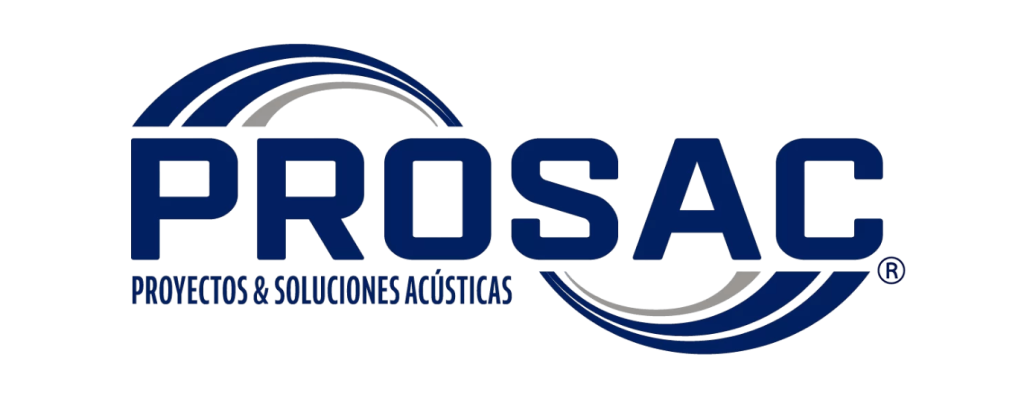

We apply a continuous improvement process every day to enhance our quality standards and the competencies of our staff.
We assess the environmental impact of airborne noise on human receptors and native fauna (birds, mammals, amphibians, and reptiles), as well as vibration impacts on people and structures, ensuring compliance with current national and international regulations and guidelines.
Our team of experts has extensive experience in preparing Environmental Impact Declarations and Studies, as well as in monitoring and certifying regulatory compliance. We offer comprehensive and personalized solutions throughout the country.
> Measurement Campaign
We carry out baseline measurements, source characterization, and noise and vibration monitoring in accordance with the procedures established by applicable standards and reference guidelines. This allows us to define permissible limits and assess regulatory compliance for each project.
> Modeling
The projection of noise and vibration levels generated by fixed and mobile sources is performed using validated calculation methodologies and specialized software, ensuring accurate prediction in line with regulatory standards. In addition to projecting levels at receptor points, we generate influence areas for noise and vibration, zones of behavioral and physiological effects on native fauna, and noise contour maps (isophones).
> Regulatory Compliance and Solutions
We assess compliance with permissible standards, including evaluations of synergistic effects, and propose control measures tailored to each project’s needs where necessary—ensuring the implementation of practical solutions that fully meet regulatory requirements.